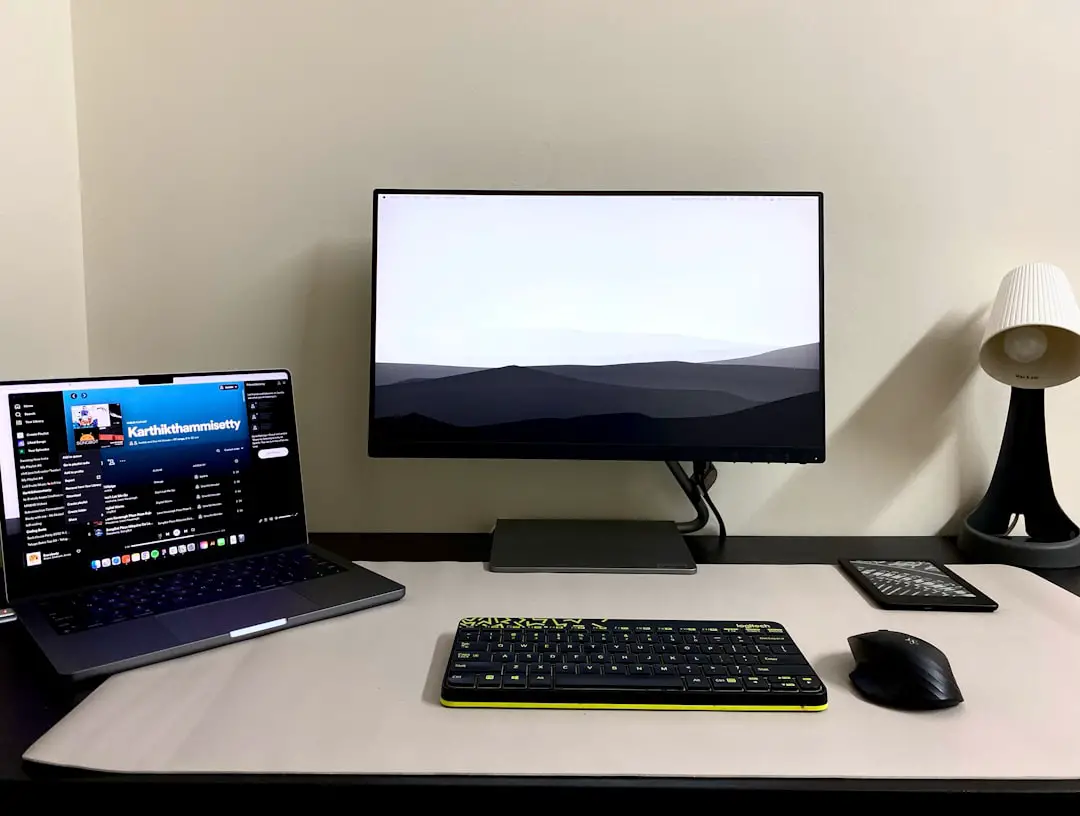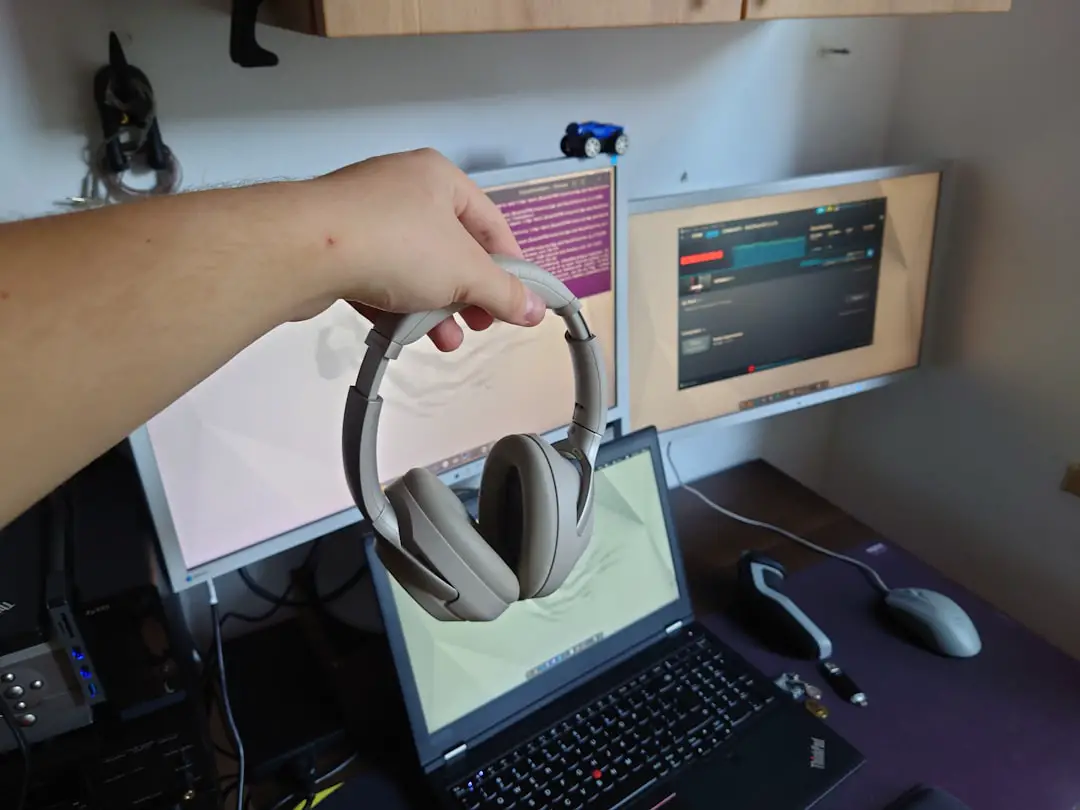The Intel Core i7-4300MQ might be a few generations old, but it remains a compelling choice for anyone seeking a solid balance between performance and efficiency in older laptops. Initially released in Q3 2013, the processor is built on Intel’s Haswell architecture and delivers respectable performance for productivity tasks and light gaming. This article offers a comprehensive analysis of the i7-4300MQ’s capabilities when installed in a laptop environment, focusing on benchmarks, thermal efficiency, usability, and more.
Overview of the i7-4300MQ
The i7-4300MQ is a quad-core processor with Hyper-Threading, allowing it to handle up to eight simultaneous threads. This makes it particularly effective in multitasking scenarios and moderate content creation applications.
- Base Clock Speed: 2.6 GHz
- Turbo Boost: Up to 3.3 GHz
- Process Node: 22nm
- Integrated GPU: Intel HD Graphics 4600
- Cache: 6MB SmartCache
- TDP: 47W
What makes the i7-4300MQ stand out is its flexibility. It was commonly found in mid-range to high-performance laptops at the time of its release, offering a decent combination of power and thermal design to fit in portable devices.

Benchmark Performance
While the i7-4300MQ may struggle against modern processors in terms of raw numbers, it still holds its ground in real-world applications. Here are some key benchmark results:
- Cinebench R15 Multi-Core: ~520 pts
- PassMark CPU Score: ~4700
- Geekbench 3 (Multi-Core): ~9500
These scores are on par with many entry-level desktop CPUs and better than most previous-generation mobile Core i5 processors. For tasks like browsing, document editing, and light media editing, the i7-4300MQ remains more than capable. You can even play older or less demanding games at lower settings with the integrated HD Graphics 4600 GPU, though adding a discrete GPU is ideal for gaming.

Thermal Management and Efficiency
With a TDP of 47 watts, laptops housing the i7-4300MQ require good thermal management. Cooling solutions differ by manufacturer, but most business and enthusiast laptops from that era were equipped to handle its heat output. During intensive use like rendering or gaming, temperatures can reach 85-90°C, yet thermal throttling is rare when ventilation is proper.
Battery life is average at best, given the TDP and older manufacturing technology. Users can expect around 3-5 hours of casual usage on an average 6-cell battery, though using integrated graphics instead of a discrete card does help extend runtime.
User Experience and Versatility
One area where the i7-4300MQ shines is in real-life usability. Whether it’s multitasking, data entry, media consumption, or even light Photoshop work, this CPU handles most tasks smoothly—especially when paired with SSD storage and at least 8GB of RAM.
Here are a few use cases where the i7-4300MQ-equipped laptops still perform admirably:
- Business Applications: Microsoft Office, Zoom, Slack
- Programming: IDEs like Visual Studio Code and Eclipse run comfortably
- Media Playback: Streaming 1080p video works without hiccups
- Light Gaming: DOTA 2, League of Legends on medium settings
Upgrade Potential
Because the i7-4300MQ is a socketed processor (Socket G3, often called rPGA946B), many users have successfully upgraded their laptops with this chip, making it a popular choice in systems that originally shipped with i5 Haswell CPUs.
Furthermore, most laptops with this chip support upgrades such as:
- Higher-capacity RAM (up to 16GB or more in dual-channel)
- SSD installation for faster boot and load times
- Better cooling solutions to optimize thermal performance
Final Verdict
If you’re considering a used or refurbished laptop built around the Intel Core i7-4300MQ, it can still deliver excellent value in 2024 for general user needs. It’s suitable for freelancers, students, casual gamers, and even hobbyist developers who don’t require cutting-edge speeds but appreciate reliable performance.
While it may not compete with the latest generations in efficiency or horsepower, its budget appeal and respectable multi-thread performance make it a worthwhile consideration—especially when paired with upgraded components.
